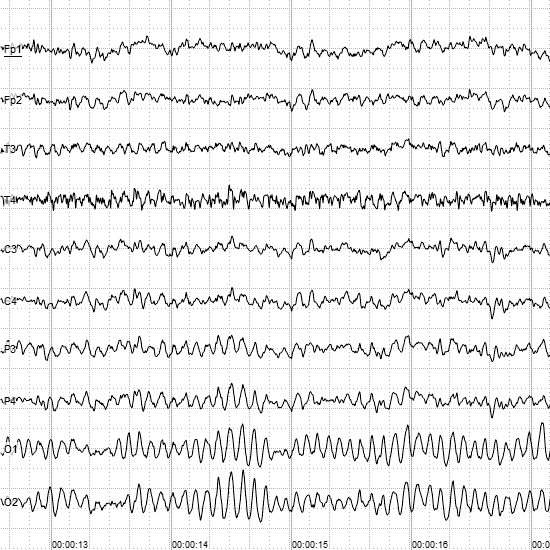
Although Brain-Computer Interfaces (BCI) have demonstrated their tremendous potential in numerous applications, they are still mostly prototypes, not used outside laboratories. This is mainly due to the following limitations:
- Performances: the poor classification accuracies of BCI make them inconvenient to use or simply useless compared to available alternatives
- Stability and robustness: the sensibility of ElectroEncephaloGraphic (EEG) signals to noise and their inherent non-stationarity make the already poor initial performances difficult to maintain over time
- Calibration time: the need to tune current BCI to each user’s EEG signals makes their calibration times too long.
As part of our research on EEG-based BCI, we notably aim at addressing these limitations by designing robust EEG signal processing tools with minimal calibration times, in order to design practical BCI systems, usable and useful outside laboratories. To do so we explore the design of alternative features (e.g., complexity features, connectivity features) and robust spatial filtering algorithms, both for classification and regression, in order to make BCI more robust to noise and non-stationarities, as well as more accurate. We also explore artificial EEG data generation and user-to-user data transfer to reduce calibration times. More recently, we have been exploring Riemannian geometry in order to robustify further BCI design.
Related selected publications
Robust BCI design based on Riemannian gometry:
- F. Yger, M. Bérar, F. Lotte, “Riemannian approaches in Brain-Computer Interfaces: a review”, IEEE Transactions on Neural System and Rehabilitation Engineering, 2017 – pdf
- F. Yger, F. Lotte, M. Sugiyama, “Averaging covariance matrices for EEG signal classification based on the CSP: an empirical study“, EUSIPCO 2015 – pdf
Reducing BCI calibration time:
- F. Lotte, “Signal processing approaches to minimize or suppress calibration time in oscillatory activity-based Brain-Computer Interfaces”, Proceedings of the IEEE, vol. 103, no. 6, pp. 871-890, 2015 – pdf
- F. Lotte, “Generating Artificial EEG Signals To Reduce BCI Calibration Time“, 5th International Brain-Computer Interface Workshop, Graz, pp. 176-179, 2011 – pdf
Robust spatial filter design based on regularization:
- A. Meinel, F. Lotte, M. Tangermann, “Tikhonov Regularization Enhances EEG-based Spatial Filtering for Single Trial Regression”, 7th international BCI conference, 2017
- F. Lotte, C.T. Guan, “Regularizing Common Spatial Patterns to Improve BCI Designs: Unified Theory and New Algorithms“, IEEE Transactions on Biomedical Engineering, vol. 58, no. 2, pp. 355-362, 2011 – pdf
Exploring alternative EEG features:
- N. Caramia, F. Lotte, S. Ramat, “Optimizing spatial filter pairs for EEG classification based on phase synchronization”, International Conference on Audio, Speech and Signal Processing (ICASSP’2014), pp. 2049-2053, 2014 – pdf
- F. Lotte, “A new feature and associated optimal spatial filter for EEG signal classification: Waveform Length”, International Conference on Pattern Recognition (ICPR’2012), pp. 1302-1305, 2012 – pdf
- N. Brodu, F. Lotte, A. Lécuyer, “Exploring Two Novel Features for EEG-based Brain-Computer Interfaces: Multifractal Cumulants and Predictive Complexity“, Neurocomputing, vol. 79, no. 1, pp. 87-94, 2012, – pdf – code






